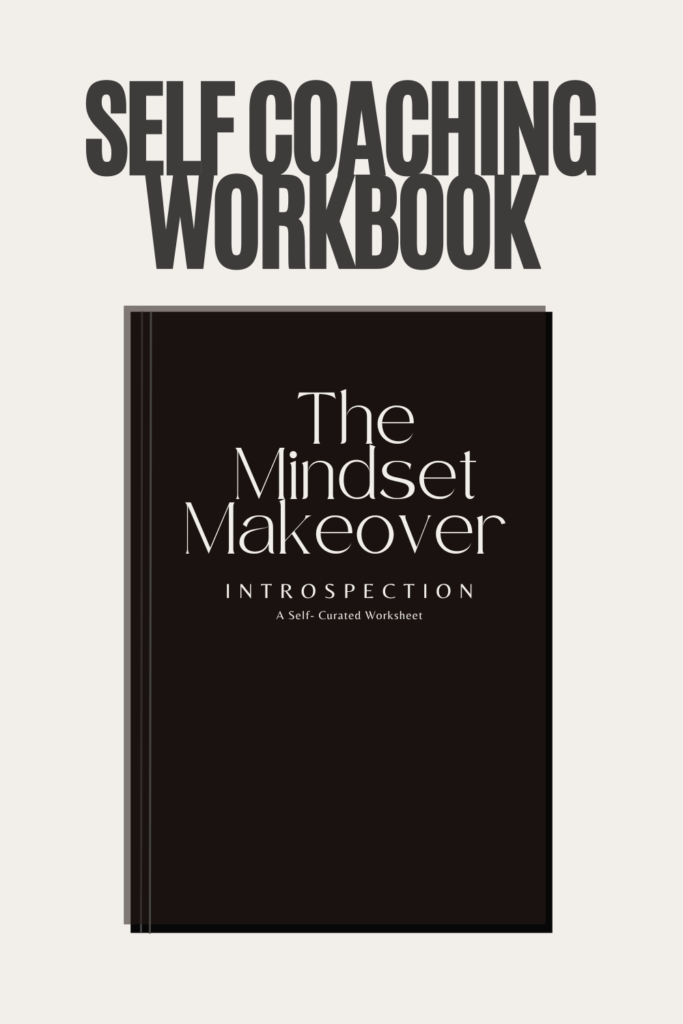In our quest for health & wellness and self-care, Clean beauty can be found on one’s top lists. Thanks to social media, beauty bloggers, online marketplaces, and even retail stores clean beauty has seen a movement that in recent years has been on a continuous upward trend.
“The idea that you’re exercising and trying to eat well and then slathering yourself with chemicals, parabens, and silicones — it’s not great.” – GWYNETH PALTROW, Goop
According to Victoria Fu, chemist, and co-founder of skincare company Chemist Confessions. “The allure of clean beauty is that it appeals to people who want to do better for their skin — to use the gentlest and most effective products on the market”.
For beauty & skincare product users, it is as simple as the realization that what you put on your skin may end up in your bloodstream. If you’ve made the switch to clean beauty, it’s likely because you realized the risks associated with conventional beauty products containing harsh and potentially harmful ingredients.
Although the definition of clean beauty may change depending on who you ask. It is also often confused with other terms like natural beauty, organic skincare, and so on. It could also mean having ingredients that are scientifically safe and sound.
AFFILIATE DISCLOSURE: Some of the links in this post may contain affiliate links. This means that If you make a purchase through these links, I might get a commission at no extra cost to you. For more information please review our Privacy Policy.
However, there is no formal definition of what types of products can qualify as clean and no governing body to regulate the label. The buzzwords with equally unclear definitions — all-natural, nontoxic, or eco-conscious, can be confusing and sometimes misleading. This means that any brand can stamp the clean label on a product regardless of the ingredients used in its formulas.
Sadly, safe doesn’t always mean all-natural or organic. The most idealistic meaning of clean is defined by the user.
The Clean Beauty Box sums everything up quite nicely:
“Clean beauty is defined by products that are mindfully created and produced without any proven, or suspected toxic ingredients. Clean Beauty products include ingredients ethically sourced and are made with the health of our bodies and the environment in mind.”
Ingredients to Avoid
Here are the most common beauty ingredients of concern and some ingredients that should be avoided altogether.
- PARABENS
- ALUMINUM COMPOUNDS
- ETHOXYLATED AGENTS
- FORMALDEHYDE
- REFINED PETROLEUM
- HYDROQUINONE,
- SILICA
- OXYBENZONE
- FRAGRANCES
- CHEMICAL UV fILTERS OCTINOXATE and OXYBENZONE
- DIETHANOLAMINE
- TRICLOSAN
- PHTHALATES
- LEAD
The Glossary
WHAT DOES CLEAN MEAN?
Safe for people and the planet, clean means that a beauty product should have considered human and environmental health, using a nontoxic element as a baseline and plant-based ingredients for active results.
WHAT DOES GREEN MEAN?
The word green should mean that the product does no harm to the environment. For instance, a reef-safe sunscreen with biodegradable packaging would be labeled green. However, this is a wishy-washy term with no true definition and is usually used as an umbrella for any product that claims to protect the planet’s resources.
WHAT DOES ORGANIC MEAN?
Organic ingredients refer to those grown in accordance with organic farming standards; this primarily means no chemical fertilizers, genetic modification, and the use of growth hormones.
Personal care products that are certified to be at least 95 percent organic will bear an official USDA Organic Seal. However, due to certification requirements, smaller brands will independently label ingredients that are organic on the packaging, despite not carrying an official seal.
Note: Organic beauty often cannot be 100% organic, due to the industry requirement for preservatives in skincare.
WHAT DOES NATURAL MEAN?
Natural ingredients are free from synthetic chemicals; they can be a plant, mineral, or animal by-product. *Hence natural does not automatically mean vegan.
Note: Natural ingredients are not always safer and better for everyone. Case in point: fragrant essential oils (particularly citrus oils like lemon and bergamot) are notorious for being common triggers of skin irritation, despite being 100% plant-based.
WHAT DOES NONTOXIC MEAN?
When a beauty product is labeled nontoxic, it likely means that the ingredients have not been shown to cause adverse health effects at the levels found inside the formula and for the intended use. Nontoxic means that a product shouldn’t include any ingredient that’s been deemed toxic.
WHAT DOES SUSTAINABLE MEAN?
Sustainable goes hand in hand with green. It means that the ingredients on the inside of the package—including how those ingredients were sourced and the packaging itself should not be harmful to the planet.
Ethically-sourced ingredients are those that won’t harm the environment in the way they are sourced, processed, and used. It is proven to be safe for the environment, with sustainable or no-waste packaging.
WHAT DOES VEGAN MEAN?
A beauty product is vegan if it doesn’t contain any animal by-products or ingredients sourced from animals. Common non-vegan ingredients found in clean beauty products include beeswax, honey, lanolin, and tallow.
WHAT DOES CRUELTY-FREE MEAN?
A beauty product is cruelty-free if it has not been tested on animals anywhere along the manufacturing line or before being sold. It can also mean that any animal-derived ingredients were not extracted at the expense of an animal’s welfare. A beauty product can be cruelty-free but not vegan, and vice versa.
SHARING IS CARING
Key takeaways:
- Clean beauty means that a product is safe, non-toxic, and has transparent labeling of ingredients.
- Just because a product is organic, natural, or green, doesn’t mean it’s non-toxic.
- The FDA doesn’t regulate or define claims often used in greenwashed products.
- Fragrance in cosmetics is used as a loophole to hide toxic ingredients.
Remember that the main requirement of clean beauty is it must be safe. As long as ingredients are proven non-toxic, synthetic or not – they can be incorporated into clean beauty.
The baseline? Always look for transparency! Transparent labels will quickly make clear whether products are truly natural/organic and/or clean.
Another great follow up to read: SURPRISING CELEBRITY SKINCARE SECRETS YOU CAN DO NOW
























8 comments on “A simple guide to understanding Clean beauty”
Hanna
I absolutely love this article this is something of my interest! I am going to be writing this all down and getting myself some new self-care products! X
Lani
Hi Hanna,
Thank you so much for your comment. I’m glad you enjoyed this post. Better safe than sorry right?
Fransic verso
This is interesting, I think my friend would be also interested in reading this guide for clean beauty.
Lani
Hi Fransic,
Thanks for your comment. Knowing more really does change our perspective. I’m also much more mindful now of what I put into my skin. It’s a good thing to consider for yourself & your friend.
Karalee Shotola
This is a great post! I knew that clean beauty meant that it’s non-toxic, but I didn’t know that any brand can use the label since it’s not regulated.
That is a good point to make sure to read the labels to know if it’s actually clean or natural.
Lani
Hi Karalee,
Thanks for your comment. Like you, I didn’t know that any brand especially small and upcoming businesses can just stamp organic or natural. Definitely read the label and know what the ingredients mean. Better safe than sorry right.
Desiree
This is a great post. I’m trying to completely change what I put on my skin and I’m using better products that aren’t harmful, so this post came just in time. Thanks for listing the ingredients that are dangerous or harmful for skin.
Lani
Hi Desiree,
Thanks for your comment. I hope it helps you get the clean skincare you deserve.